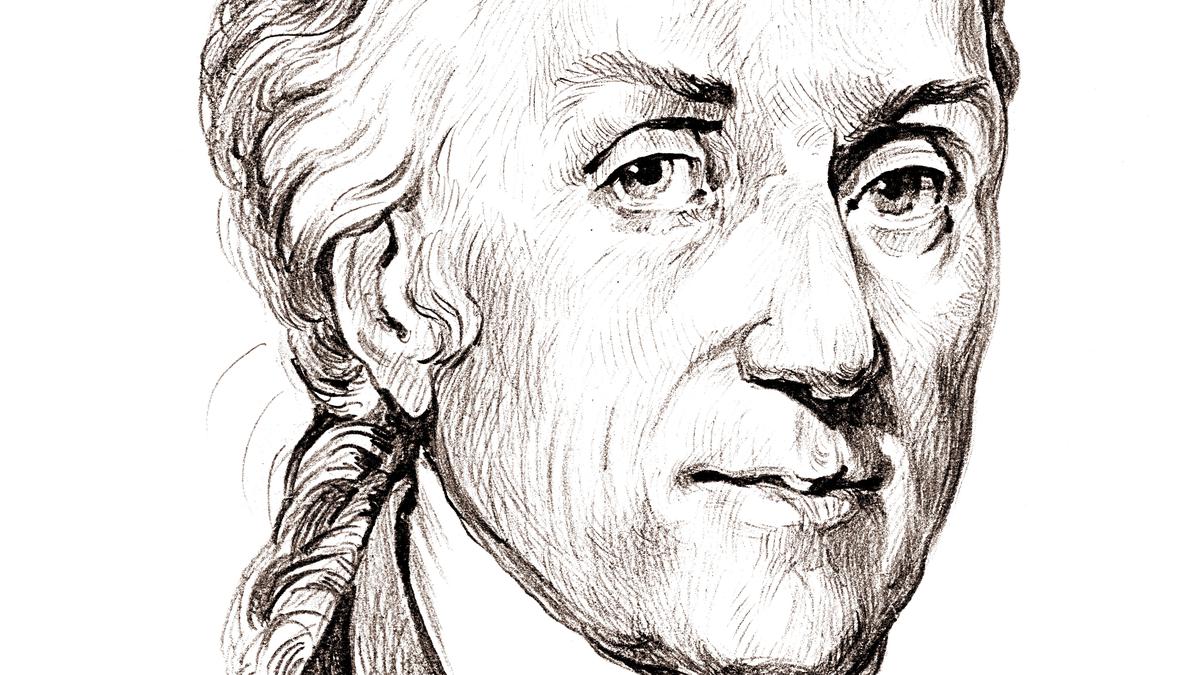Q: Why does water appear white in a waterfall even though it is colourless?
A: When all colours are reflected from the surface of an object, it appears white. In a waterfall, water drops can be thought of as being suspended in air and as an inhomogeneous mixture of water and air.
We know that when light enters from a lighter medium (air) into a denser medium (water), some of it is reflected by the surface and the rest is refracted. In a waterfall, light suffers numerous such reflections and refractions.
The light refracted by a layer on top would also contribute to reflection at the next layer of drops. As a result, most of the light is reflected by the waterfall. This leads to whiteness.
Mist, paper, water vapour, colloidal solutions, clouds, talcum powder, snow, white paint, and sugar also appear white because of the same reason.
(There are no white pigments in white paint. White paint has transparent oxides of zinc, lead, and titanium suspended in a transparent solution.)
To see a waterfall white, light should not be directional, i.e. it should be coming from all directions. If it is directional, one would see colours as in a rainbow.
(S. Mukund, Chennai)











